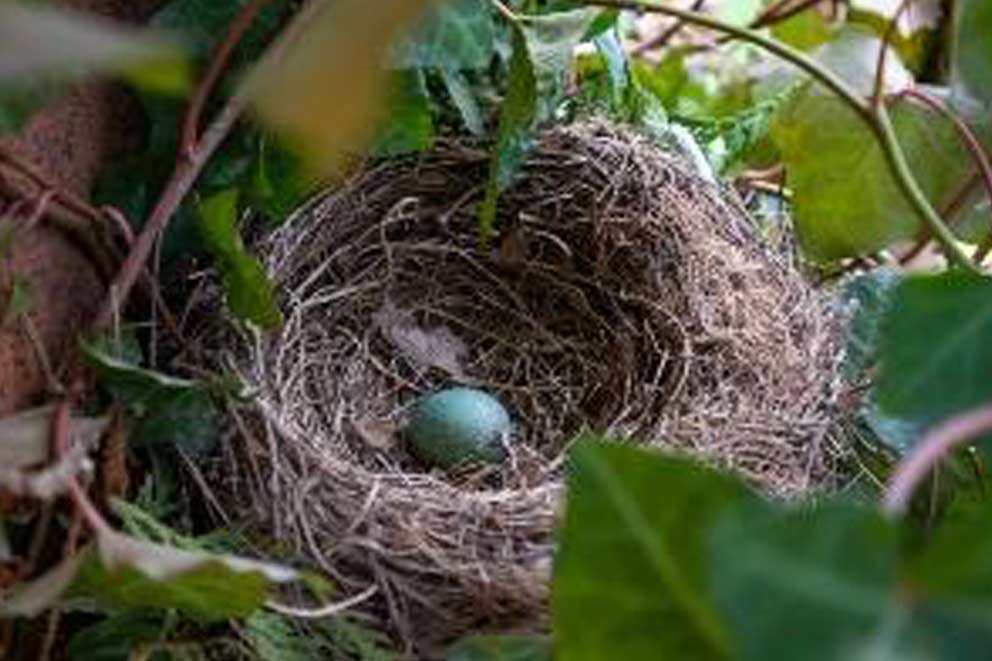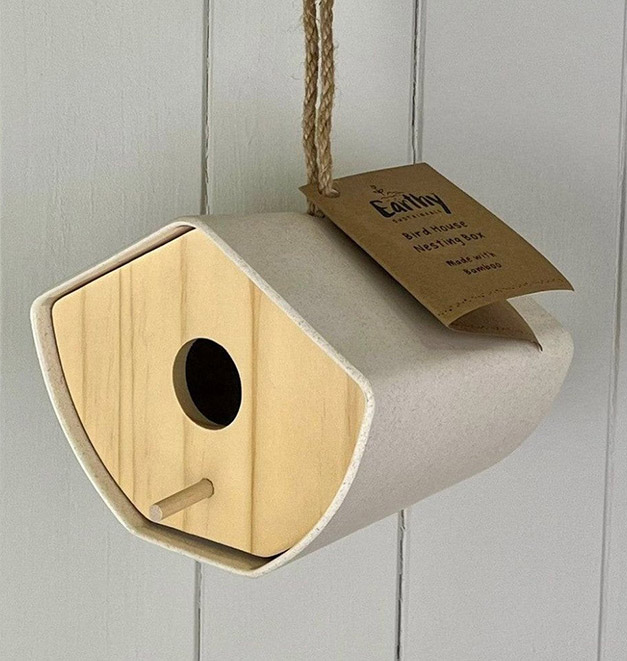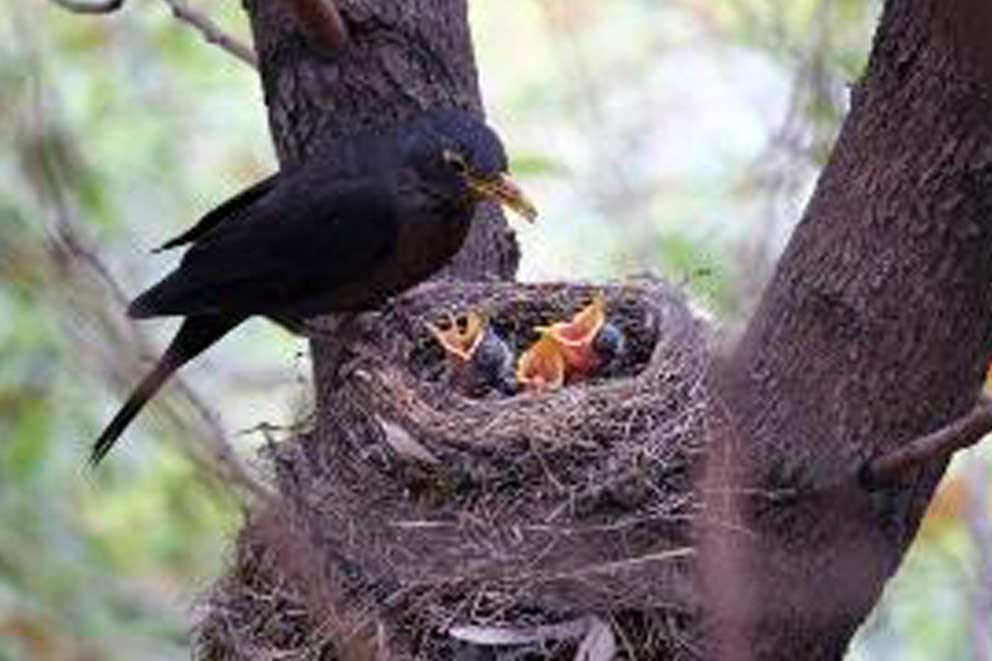All about bird nests
A nest is where a bird lays their eggs and shelters their young. Here's everything you need to know about bird nests in the UK and how you can do your bit to help Britain's nesting birds!

Bird flu warning
Due to the Avian Influenza Prevention Zone (AIPZ) currently in place across the UK, some baby birds can't be handled. Please follow our bird flu and baby bird advice to check which species can be handled and what to do.
Different types of nests and where they're found
Nests vary in size and shape and can be made from twigs, moss, grass, mud and feathers. Some birds don't even use nesting material.
Some birds nest in trees and others on the ground
Cup-shaped, woven nests are typically found in trees and bushes. Some species, such as blue tits, ducks and owls, use tree cavities. Others, such as the grey partridge, even nest under hedges.
Lots of birds nest on the ground in locations ranging from heathlands to coastal regions, with nests and young carefully camouflaged. Some birds build nests, while others use simple scrapes in the ground.
It's not just seabirds who use cliffs and sand dunes for nesting - species such as swifts will nest in the cavities of rock faces. Puffins even use disused rabbit burrows on cliff-top nesting sites.
Nests in buildings
Many species use buildings as nesting sites, including swifts, which nest under the eaves of buildings. Species such as pigeons and some gulls also commonly nest on building roofs.

Shop garden and wildlife
When baby birds are born
In the UK, birds usually breed in the spring and summer. However, species such as crossbills may lay their eggs as early as January to coincide with food availability (they eat pine seeds), while pigeons and doves nest all year round.
Factors such as unusually warm weather may trigger birds to begin nesting early, and many species will lay more than one clutch of eggs during the breeding season.
For some species, nests can also provide important sites to roost in at other times of the year. For example, over a dozen wrens might congregate in a nest for shelter on a winter's night. Some species also reuse their nests the following year or reuse old nests of other species.

How to help nesting birds
There are hundreds of different species of wild birds that breed regularly in the UK. Some bird populations - such as house sparrows and starlings in urban areas - are declining, partly as a result of the loss of nest sites.
You can help nesting birds by:
- Providing nest sites on buildings, such as 'swift bricks' built into walls that swifts will make their nests in.
- Providing nest sites and boxes in gardens, and planting trees or bushes so that birds can use the leaves or twigs as nesting materials.
- Not cutting down trees and bushes in the spring and summer, but waiting until autumn and winter, once the breeding season has finished.
- Keeping pets indoors for a few days if you see fledgling birds in your garden until the young birds get the hang of flying.
- Providing food and water for the birds in your garden.
Birds and their nests are protected by law
In England and Wales - all wild birds, their young, nests and eggs are protected under the Wildlife & Countryside Act 1981.
It's an offence to:
- Damage or destroy the nest of any wild bird while it's in use or being built
- Destroy or remove any egg of any wild bird
- Remove, kill or injure any wild bird or their young
- For birds who reuse their nests, such as ospreys, golden eagles and white-tailed eagles, it's an offence to intentionally take, damage or destroy their nests even when they're not in use. There are certain exceptions, under licence, where the destruction of a nest is permitted, such as the control of a species.
- If you find a dead bird in your garden, please report it to the Garden Wildlife Health Project. However, please note that in the winter months, avian flu may be a problem, so please check our avian flu advice before taking any action.



